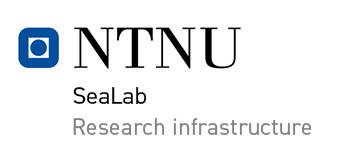Climate-controlled wet labs
Climate-controlled wet labs
At SeaLab there are two laboratories with experimental set-ups for research on fish. In addition there are nine smaller climate-controlled rooms for experiments with fish and cultivation of algae, zooplankton and phytoplankton. The different rooms are described in more detail on this page and on Bookitlab, which can also be used to book labs (for internal and registered external users).
Fish hall 115
Fish hall 115, also known as CODTECH, contains an automated system for rearing fish. It consists of 16 self-cleaning fish tanks each holding up to 200L. The facility is designed for experiments with marine fish fry and plankton. There is access to seawater, freshwater or a mix of the two, and it is possible to control light-intensity, air and water temperature, water flow and feeding. Feeding is automated with the possibility to use live and formulated feed, either separately or co-feeding. Cultures of microalgae, rotifers, Artemia and copepods (Acartia tonsa) for fish food can be produced in nearby facilities.
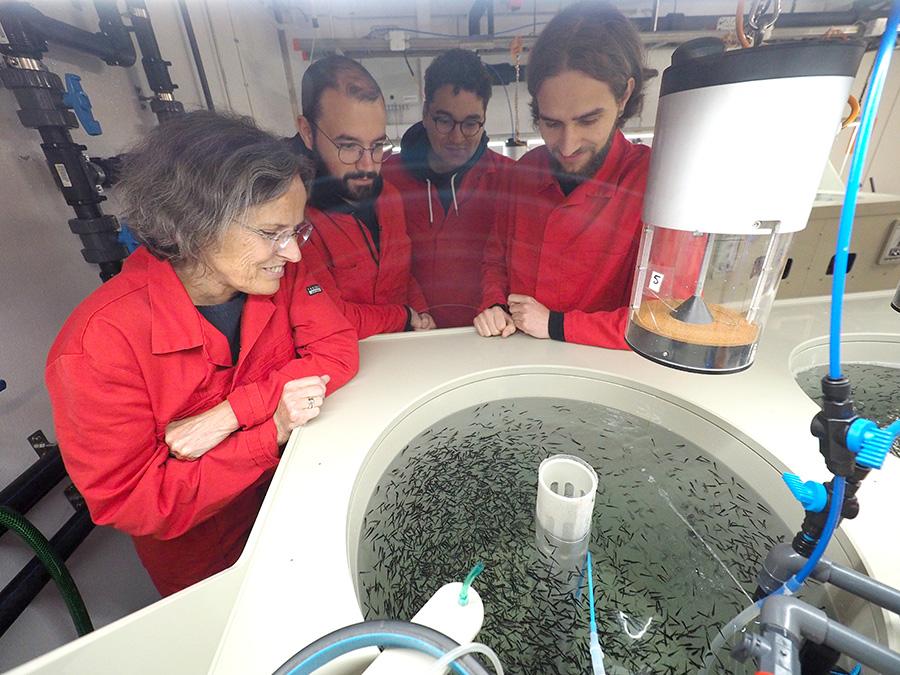
Fish hall 114
The second of the two fish halls at SeaLab consists of three independent units, each made up of six tanks holding up to 380L. Each unit can be regulated separately, meaning up to three simultaneous experiments with different water quality parameters can be run. The tanks can be supplied with seawater, freshwater or a mix. Controllable parameters include light intensity, water flow, air and water temperature, and feeding. The tanks can be used as a flow-through or recirculation (RAS) system. The room also contains two larger tanks of 2000L each which can be used to hold fish in advance of experiments.
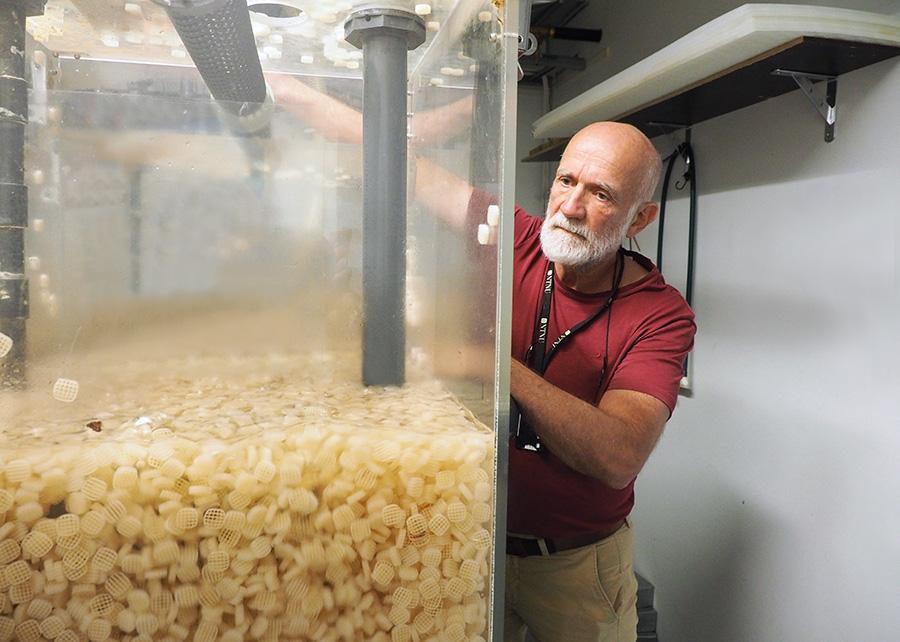
Climate-controlled rooms
SeaLab has nine temperature-controlled rooms that all have access to seawater and / or freshwater of desired temperature. Some of the rooms are connected to gas supply (O2, CO2, N2). The rooms can, among other things, be used for cultivation and experiments with zooplankton and phytoplankton. The rooms range in size from aroun 10m2 to 30m2.
EMBRC Laboratory for Low Level Trophic Interactions
SeaLab is a member of the Norwegian node of the European network for marine biological stations EMBRC. Through this network we offer services to researchers all around the world. An important contribution from SeaLab is our unique culture of the copepod Calanus finmarchicus, which is available for research projects from internal and external users. Applications to use the culture may be submitted through EMBRC 'Accessing our services'.
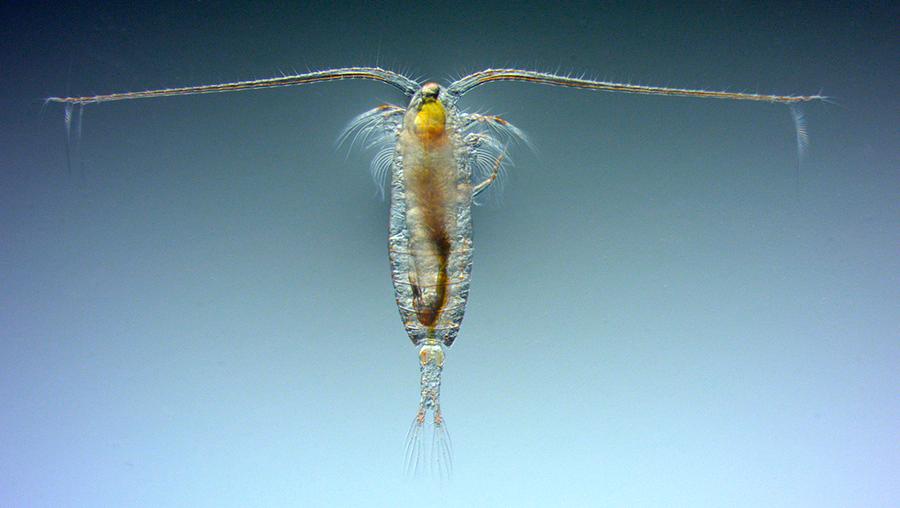
SeaLab has custom built rooms and instruments for controlled experiments with Calanus finmarchicus and other species of copepod, including a microplate respirometer which enables measurements of oxygen uptake during experiments. The system is supplied by Loligo, and you can read about it on their website.
Mini-RAS
SeaLab has a mini-RAS (resirculating aquaculture system), consisting of six units that can be used individually or in combination in small-scale RAS experiments. The system allows for research and development in small scale before testing in full-scale. The self-contained units include fish tanks, protein skimmer, biofilter and a temperature control unit.
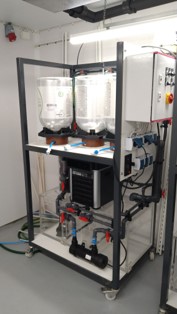
One of six units of the mini-RAS at SeaLab. Photo: Inger Jennings/NTNU
Raceway
Raceway is a swimming tunnel and respirometer for fish. It works like a treadmill for fish, in which they must swim continuously against the flow of water while the system measures oxygen consumption and other parameters. Fish may be kept in the Raceway for several days during an experiment, as daily checks and feeding may be carried out in situ. The walls of the swimming chamber are in clear acrylic, making it possible to film experiments.
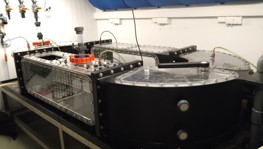
Raceway installed in a climate-controlled wet room at SeaLab. Photo: Inger Jennings/NTNU
Complementary facilities
In connection with fish hall 115 there is a sampling lab equipped with a fume cupboard, microscope, and scales, among other things.
Algae growing laboratory
SeaLab cultivates microalgae for experiments with mussels, rotifers, copepods and marine fish fry. The facility is also used to teach important cultivation techniques to students taking courses on aquaculture.
Facilities for cultivating microalgae and zooplankton at SeaLab are operated in cooperation with SINTEF Ocean. More information on these facilities may be found on the website of SINTEF Ocean.
